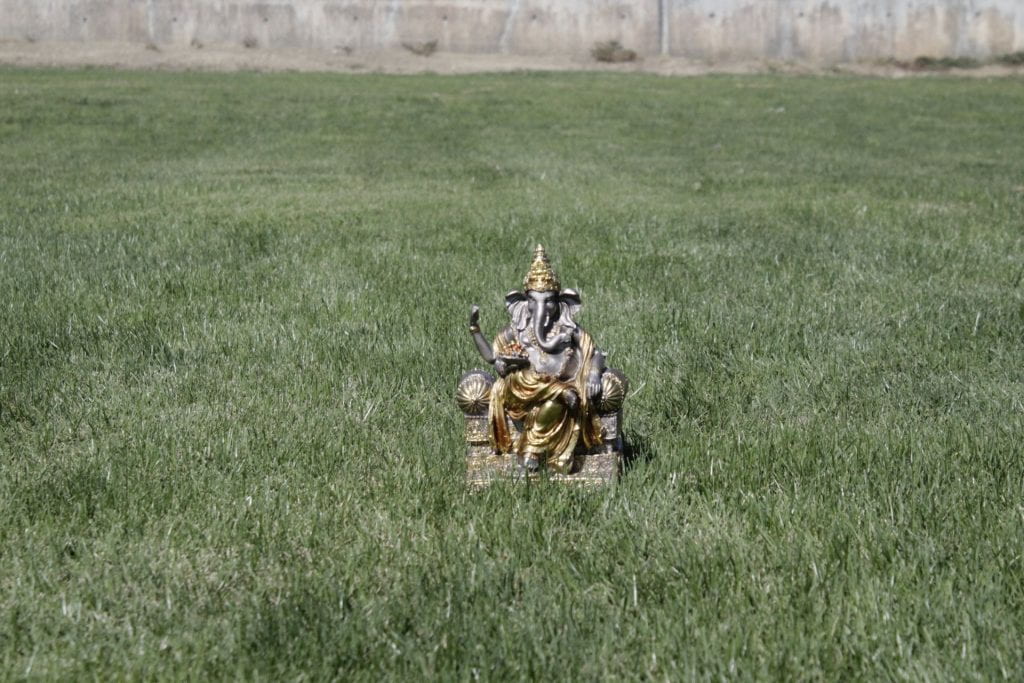
Model: Canon EOS Rebel T6; S/N: 142072050340

model: canon EOS Rebel T6; S/N: 00008EFCD8

aperture: f2 shutter speed: 60 lens: long

aperture: f2 shutter speed: 60 lens: long
Depth of field is controlled by changing the aperture setting on your camera. Like your eye, a camera lens has an iris inside that can open or close to let in more or less light. You control the size of this hole, or aperture, by changing the aperture setting, which is measured using a scale of f-stops. The larger the aperture, the shallower your depth of field will be, meaning a smaller portion of your image will be in focus. To change your aperture, you must have a camera with an aperture priority or manual mode. If your camera doesn’t provide a mechanism for controlling aperture, then you won’t be able to choose a particular depth of field. These days, all SLRs have priority and manual modes, as do Micro Four Thirds cameras, and some advanced point-and-shoot cameras, such as the Panasonic Lumix LX3 and Canon PowerShot S90. A camera with a smaller sensor has inherently deeper depth of field. Once you know how to control your aperture, you’ll need to figure out how much depth of field you want in your photo. There are times when you’ll want to ensure a deep depth of field. Landscape images, for example, can work better when everything in the frame is in focus, so you’ll want a deeper depth of field.
The landscape photo tradition is for images of vast areas, with great detail in every part of the picture. Achieving such detail requires deep depth of field. Note that every lens has a set aperture range, and some lenses can open to a wider aperture than others. If you have a lens that can open up very wide (also called a fast lens), you’ll want to think about how shallow you want the depth of field to be. While you control depth of field using your aperture setting, camera position is also critical for achieving a shallow depth of field. When you shoot with a wide angle lens, objects in the background are very small, so it can be difficult to see that your image has shallow depth of field. When you shoot landscapes, you’ll usually want to choose a deep depth of field. But, there are two important factors to keep in mind when shooting deep focus.